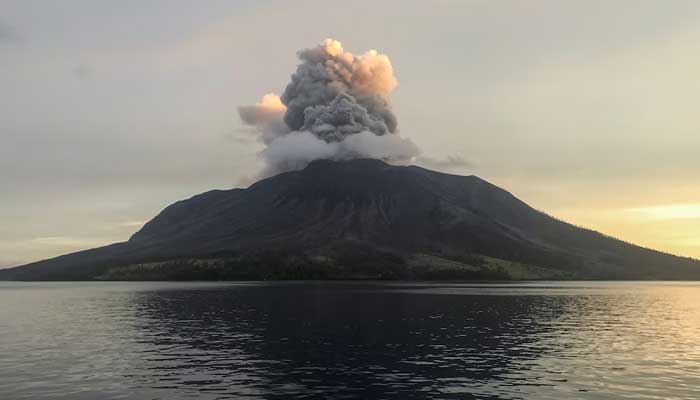Melting glaciers may trigger frequent, intense volcanic eruptions
Many volcanoes in regions like Antarctica, Russia, New Zealand, and North America lie beneath glaciers
July 08, 2025

Scientists have warned that melting glaciers could lead to more frequent and intense volcanic eruptions, potentially accelerating climate change.
Many volcanoes in regions like Antarctica, Russia, New Zealand, and North America lie beneath glaciers. As global temperatures rise and these glaciers shrink, volcanic activity is expected to increase. This conclusion comes from a new study examining six volcanoes in southern Chile during the last ice age, reported Live Science.
The researchers are set to present their findings on Wednesday (July 8) at the 2025 Goldschmidt Conference in Prague.
"Glaciers tend to suppress the volume of eruptions from the volcanoes beneath them. But as glaciers retreat due to climate change, our findings suggest these volcanoes go on to erupt more frequently and more explosively," study lead-author Pablo Moreno Yaeger, a graduate student at the University of Wisconsin-Madison, said in a statement.
Scientists first proposed in the 1970s that melting glaciers could influence volcanic activity. The concept is straightforward: glaciers exert heavy pressure on Earth's crust and mantle, and when this weight is removed as ice melts, magma and underground gases can expand. This buildup of pressure can trigger more explosive eruptions.
This phenomenon has already been observed in Iceland, which sits atop the boundary between the North American and Eurasian tectonic plates. In 2002, researchers found that volcanic activity in Iceland significantly increased as glaciers melted at the end of the last ice age around 10,000 years ago. During that period, eruption rates were 30 to 50 times higher than before or after.











